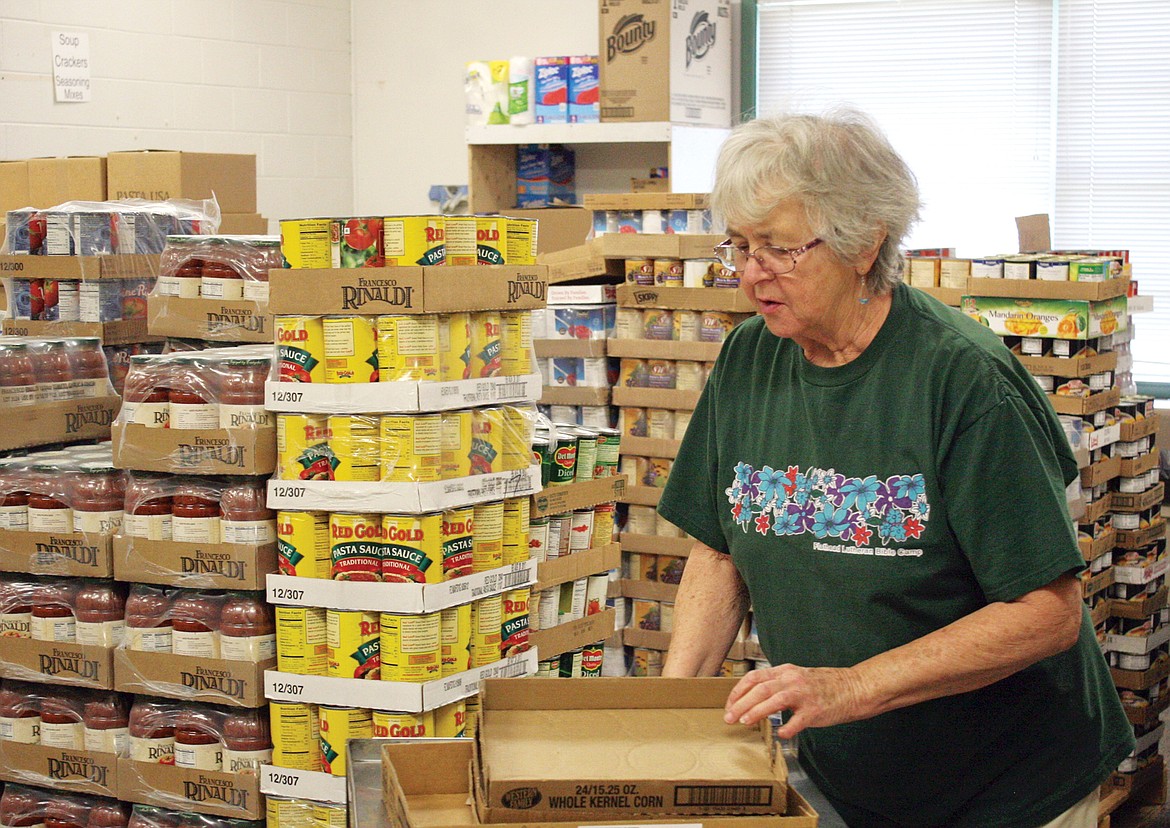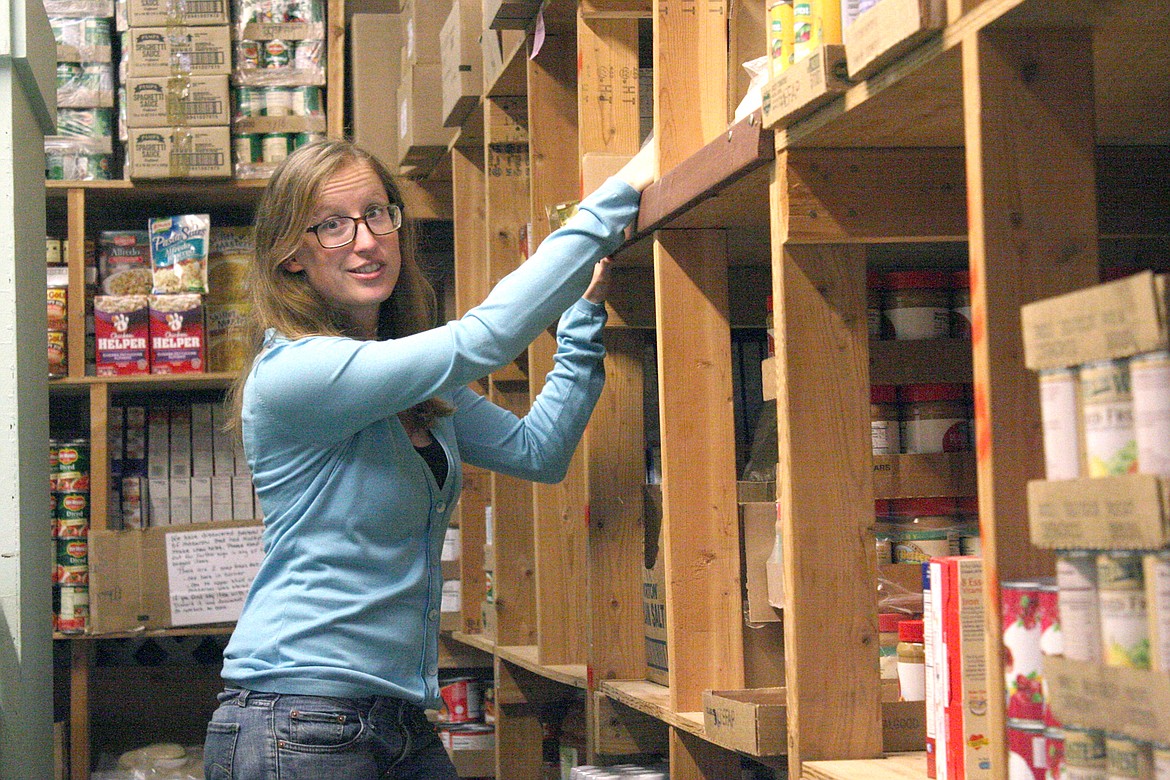Fresh face, produce coming to area food pantries
Change is afoot for Libby and Troy food pantries in the form of a new director for Troy and a move toward more fresh produce for both pantries. The latter echoes a national trend to use excess produce which may be misshapen or otherwise unsaleable yet wholly edible and nutritious.
Troy food pantry’s new director, Laura Finley, will replace Tom Grabinski, whose wife, Sue, held the position from 2005 until her death in 2016. Finley grew up in Troy and returned last year after 10 years living in the south.
Finley in May attended the Montana Hunger Relief Forum put on by the Montana Food Bank Network in Missoula with Grabinski. Something she learned there, she said, is that “the type of food that is available to food banks and pantries is changing. The availability of canned and processed foods is shrinking because manufacturing is becoming more efficient and outlet food retailers like Farm to Market store in Libby are on the rise. But there is still massive waste in the fresh produce industry, making it an untapped market for food pantries.”
Food pantries play an important role in reducing food waste, taking food that is past it’s sell-by date but still safe to eat. In Libby, for example, the pantry accepts leftover fast food from McDonald’s and Pizza Hut that is frozen and redistributed.
“We just got all this cool whip from Empire foods,” said Libby pantry director Kathy Laurer, waving a hand at a pile of flat boxes. “It’s a lot that would otherwise be thrown out.”
Fresh produce will soon start sharing the shelves with whipped topping. As of August the Montana Food Bank is encouraging smaller food pantries to provide more fresh produce and to encourage healthier options for customers.
Lauer turns 70 this year, and has been director since 2005. She said her hours at the pantry not only keep her strong hauling boxes of food but allow her to use a “passion for taking care of people” which makes the position a satisfying one.
As she looks out over stacks of boxes full of potatoes in the sorting room, one of four rooms in Asa Wood school used by the food pantry, Lauer said “The produce always goes quickly, we had apples this week but they are all gone already.”
Volunteer Chloe Adamson agreed, saying “it [fresh produce] goes out of here like water.”
Lauer said that Libby Community garden, located behind the Food Pantry, often gives the pantry excess produce which is also quickly picked up by pantry customers.
Finley said The Montana Food Bank Network, where smaller organizations like the Troy and Libby pantries source some of their food, and the larger organization Feeding America, source out growers who may have unsellable or excess produce and match it with food banks that need it.
“Transportation and storage will be problems we’ll have to address locally when we start stocking more produce” Finley said, referring to Troy’s lack of large refrigeration units and the need for refrigerated transport.
In Libby, Lauer proudly shows off the walk in freezer that the class of 1976 raised half the funds for at their reunion last year.
“This has made a big difference to what we can stock” she said. “The class asked us what we needed and I said ‘well...We really need a walk in freezer, but that’s pretty expensive’ and they came up with about half the money, which was just wonderful.”
Donation drives, along with dedicated volunteers like Adamson, who never stopped moving even as she spoke, are what makes food pantries so successful. In the 2016 tax year, Libby Food Pantry served 5,549 clients a total of 102,852 pounds of food, according to Lauer.
Almost half of the food given out was donated, 33,938 pounds compared to 45,108 pounds which was purchased by the pantry, proof, Lauer said “of how generous the people of Libby are.”
“There’s always something to be done and it ain’t going to do itself,” Adamson said. “I came in here for five minutes the other day and didn’t end up leaving for two hours.”



